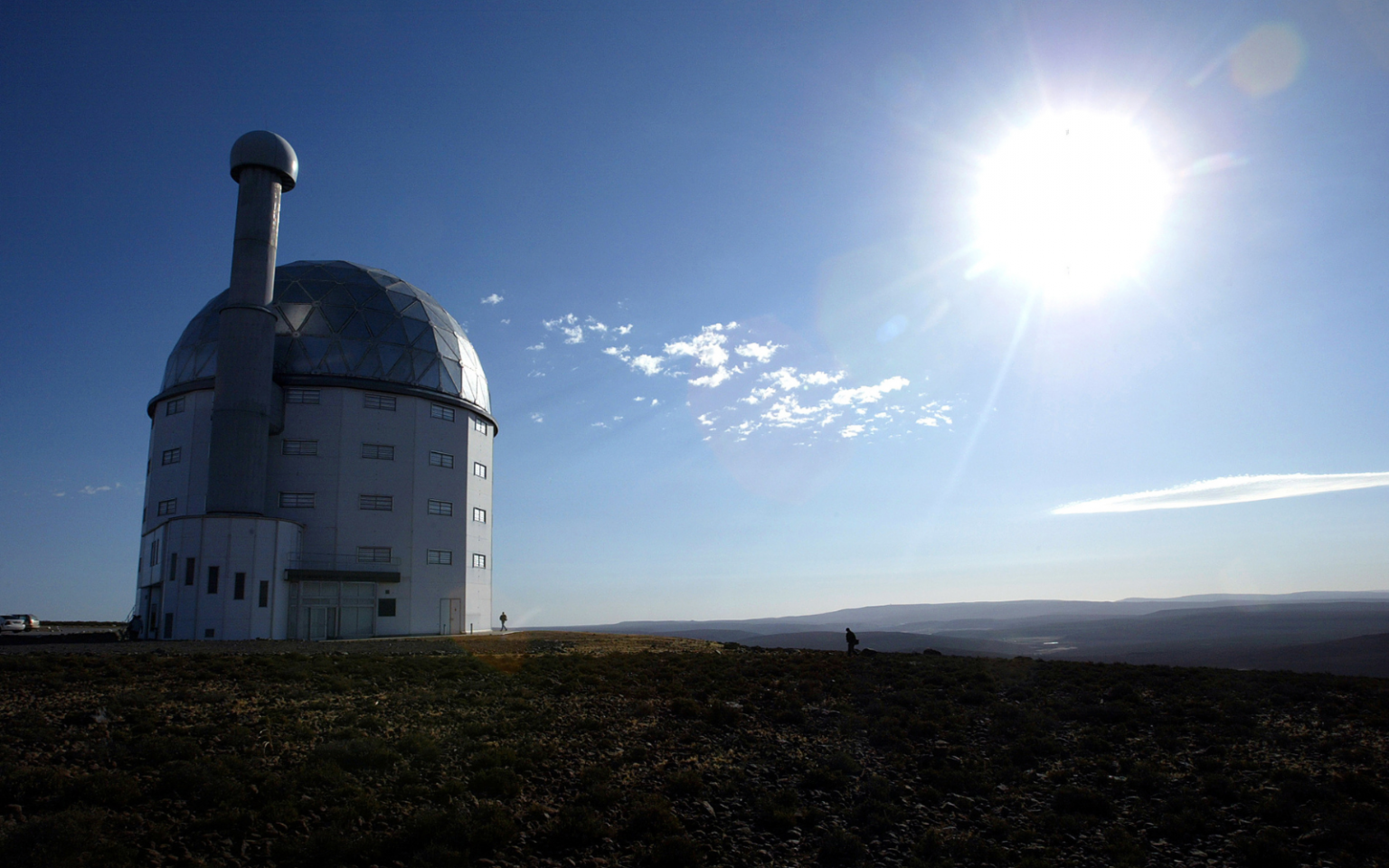Shot put and pole vault now rub shoulders at the Olympic Games with sport climbing and breaking, introduced at the Tokyo and Paris Games respectively. The International Olympic Committee’s (IOC) constant efforts to reconcile Olympic traditions with the recognition of contemporary forms of sport led it to take an even bolder decision this summer: the creation of the Olympic Esports Games. This event, which is distinct from the traditional Olympic Games and will take place in Saudi Arabia from 2025 to 2037, opens the Olympic doors to a host of new competitive disciplines, most of which are still unknown to the public. We are…
Author: The Conversation
Cutting-edge telescopes, gravitational waves, black holes and our solar system’s central star, the Sun, are just a few of the topics that will be on the table in Cape Town, South Africa, for an event that’s a scientific version of the Olympic Games – though the world’s leading astronomy researchers in attendance will be showcasing their brains rather than their brawn. The International Astronomical Union (IAU) was established in 1919 and held its first General Assembly in Rome, Italy, in 1922. These assemblies, held every four years, are a chance for the organisation’s members and affiliates to meet in person,…
For the first post-COVID Olympics, there are some major changes now in place at the Paris 2024 Games. First of all, there are no physical tickets for visitors. All tickets are digital, but spectators can separately purchase an additional paper souvenir ticket for their event. While this is significantly a COVID legacy, it’s also a sign of the times, as more of the Olympic Games move into the digital world. If we dig deeper, we see how the DNA of this transformation is a story about data and its expansion – and how the ability of the Olympics to grow economically…
In the world of artificial intelligence (AI), a battle is underway. On one side are companies that believe in keeping the datasets and algorithms behind their advanced software private and confidential. On the other are companies that believe in allowing the public to see what’s under the hood of their sophisticated AI models. Think of this as the battle between open- and closed-source AI. In recent weeks, Meta, the parent company of Facebook, took up the fight for open-source AI in a big way by releasing a new collection of large AI models. These include a model named Llama 3.1 405B, which…
The rapid rise of generative artificial intelligence (AI) like OpenAI’s GPT-4 has brought remarkable advancements, but it also presents significant risks. One of the most pressing issues is model collapse, a phenomenon where AI models trained on largely AI-generated content tend to degrade over time. This degradation occurs as AI models lose information about their true underlying data distribution, resulting in increasingly similar and less diverse outputs full of biases and errors. As the internet becomes flooded with real-time AI-generated content, the scarcity of new, human-generated or natural data further exacerbates this problem. Without a steady influx of diverse, high-quality data, AI…
New scientific understanding and engineering techniques have always impressed and frightened. No doubt they will continue to. OpenAI recently announced that it anticipates “superintelligence” – AI surpassing human abilities – this decade. It is accordingly building a new team, and devoting 20% of its computing resources to ensuring that the behaviour of such AI systems will be aligned with human values. It seems they don’t want rogue artificial superintelligences waging war on humanity, as in James Cameron’s 1984 science fiction thriller, The Terminator (ominously, Arnold Schwarzenegger’s Terminator is sent back in time from 2029). OpenAI is calling for top machine-learning researchers and engineers to…
In an exciting breakthrough for astronomy and the search for extraterrestrial life, a team of international scientists has announced the discovery of Gliese 12 b, a temperate, Earth-sized exoplanet just 40 light-years away — a relatively neighbourly 378 trillion kilometres from earth. Researchers from across the world, including key support from researchers at McGill University and Western University worked collaboratively on the hunt for Gliese 12 b within InfraRed Doppler Subaru Strategic Program (IRD-SSP) which searches for habitable zone planets around red dwarfs. The international team detected the planet’s presence using a combination of advanced telescopes and observational techniques and its discovery presents exciting opportunities to gain a deeper understanding of…
CAPTCHAs are those now ubiquitous challenges you encounter to prove that you’re a human and not a bot when you go to log in to many websites. Websites and mobile apps have long been attacked by bots on a massive scale. Those malicious bots are programmed to automatically consume a large amount of computing resources, post spam messages, collect data from websites and even register and perform user authentication. This state of affairs led to the introduction of CAPTCHA, which stands for Completely Automated Public Turing test to tell Computers and Humans Apart. As a computer scientist, I see CAPTCHAs as an effective shield for websites to…
The stars aren’t fixed and unchanging, unlike what many ancient people thought. Once in a while, a star appears where there wasn’t one before, and then it fades away in a matter of days or weeks. The earliest record of such a “guest star,” named so by ancient Chinese astronomers, is a star that suddenly appeared in skies around the world on July 4, 1054. It quickly brightened, becoming visible even during the day for the next 23 days. Astronomers in Japan, China and the Middle East observed this event, as did the Anasazi in what is now New Mexico. In the second…
A quick search on the internet will yield numerous videos showcasing the mishaps of driverless cars, often bringing a smile or laugh. But why do we find these behaviours amusing? It might be because they starkly contrast with how a human driver would handle similar situations. Everyday situations that seem trivial to us can still pose significant challenges to driverless cars. This is because they are designed using engineering methods that differ fundamentally from how the human mind works. However, recent advancements in AI have opened up new possibilities. New AI systems with language capabilities – such as the technology behind chatbots…










